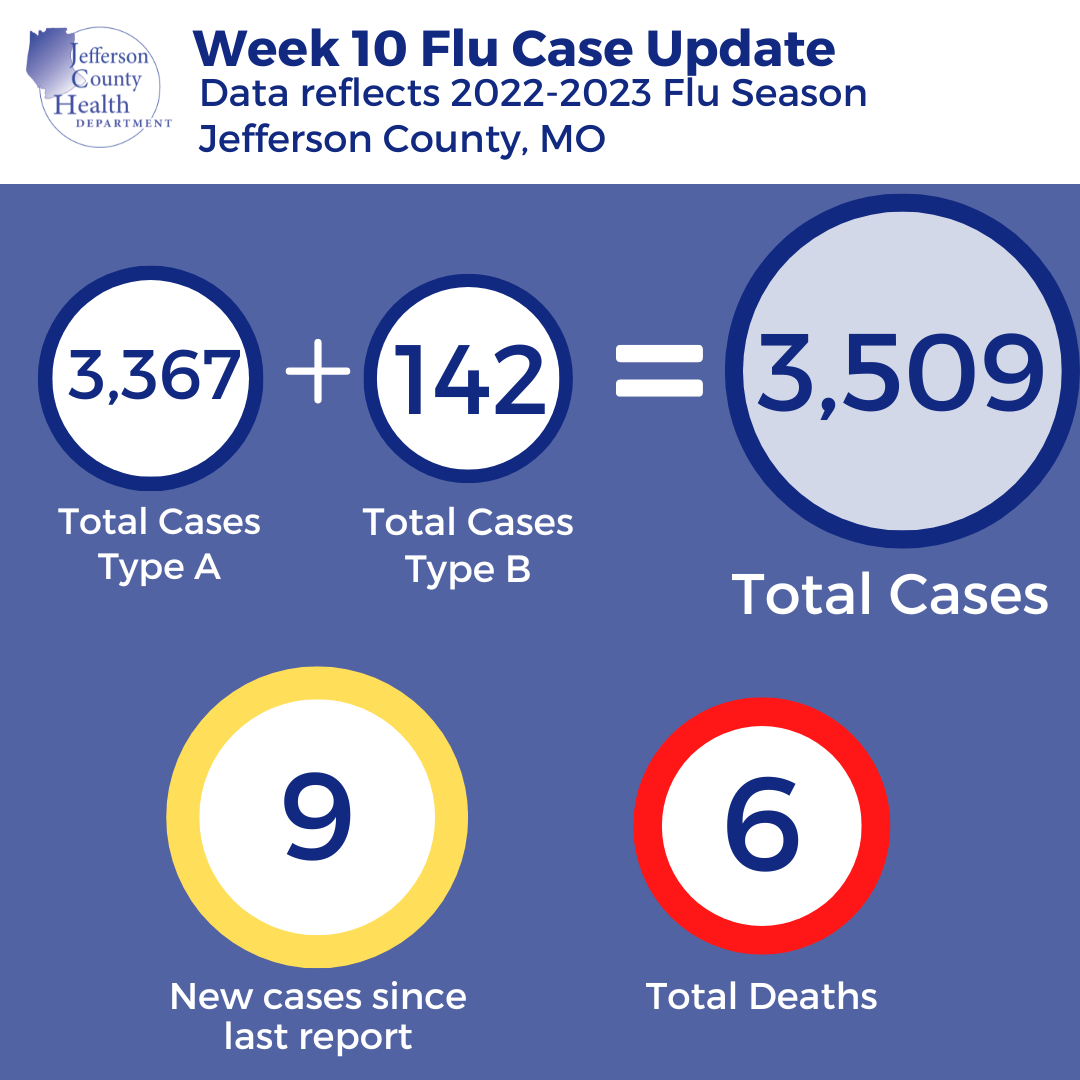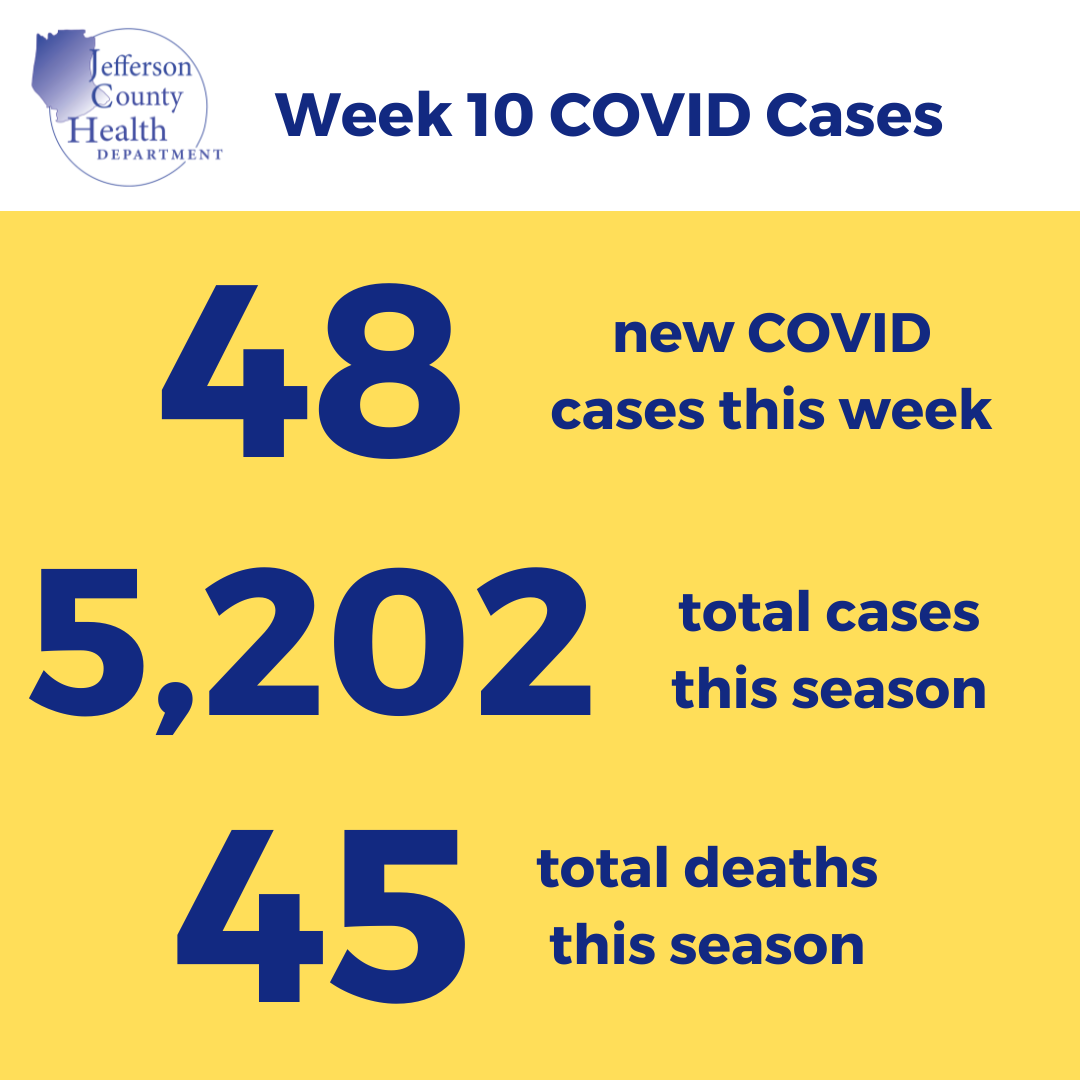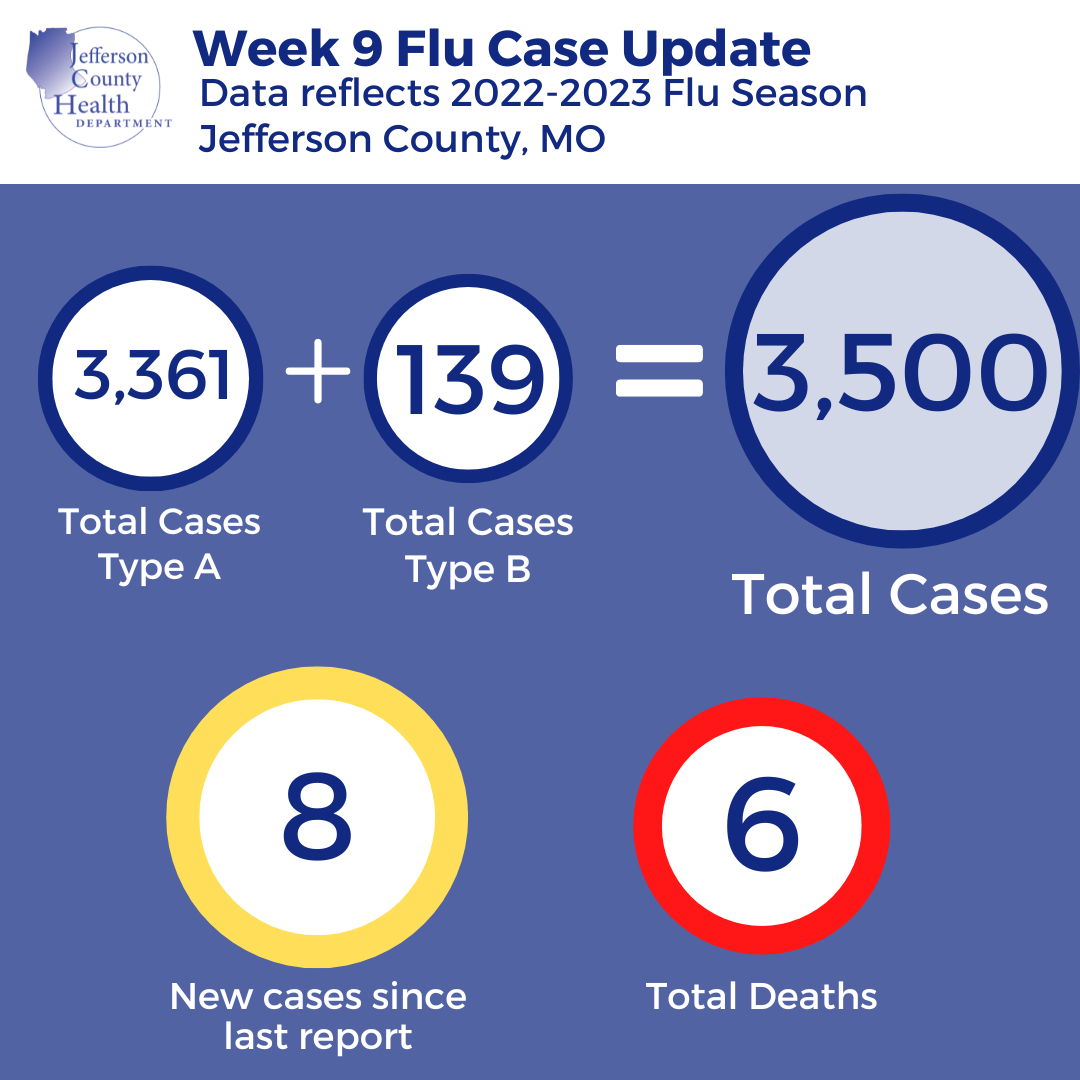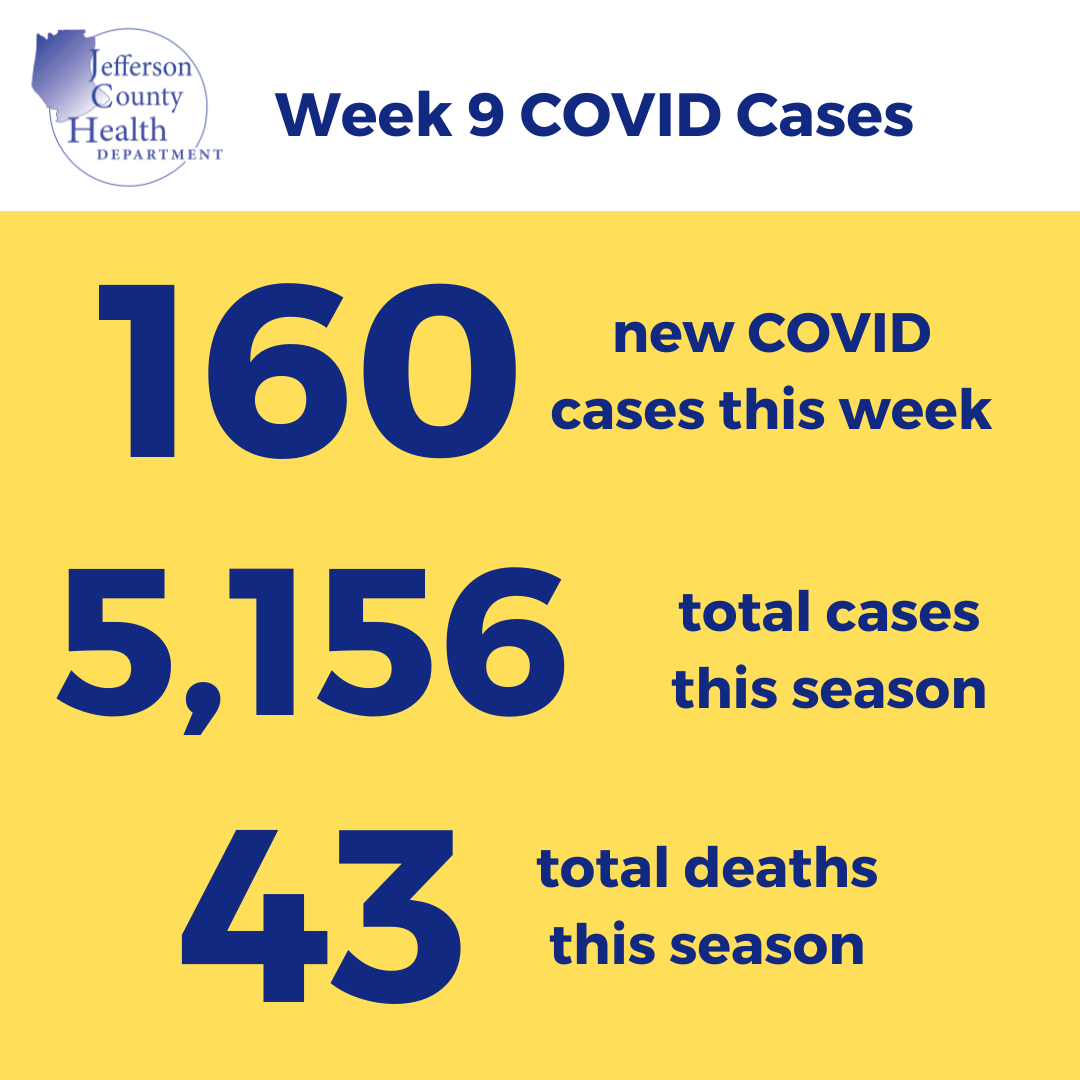World Tuberculosis Day is observed on March 24th each year to commemorate the date in 1882 when Dr. Robert Koch announced his discovery of Mycobacterium tuberculosis, the bacterium that causes Tuberculosis (TB). Back then, TB killed one out of every seven people living in the United States and Europe. And while diagnosis and treatment have come a long way since the 1800’s, TB is still very much an issue in today’s world. World TB Day is all about bringing awareness to the devastating disease and promoting efforts to end the worldwide TB epidemic.
According to the Centers for Disease Control and Prevention (CDC), the United States reported 7,882 TB cases and an incidence rate of 2.4 cases per 100,000 persons in 2021. Around the world, TB incidence is much higher, and in many developing countries, TB is much deadlier as well. The World Health Organization (WHO) reported that a total of 1.6 million people died from TB in 2021.
TB bacteria usually attacks the lungs, but it can also attack any part of the body such as the kidney, spine, and brain. Symptoms of TB disease depend on where in the body the TB bacteria are growing.
When TB bacteria grow in the lungs (pulmonary TB) symptoms may include:
A bad cough that lasts 3 weeks or longer
Pain in the chest
Coughing up blood or sputum (phlegm from deep inside the lungs)
Other flu-like symptoms such as chills, fever, night sweats, appetite loss
Not everyone infected with TB bacteria becomes sick. As a result, two TB-related conditions exist: latent TB infection (LTBI) and TB disease. Latent TB infection occurs when the TB bacteria lives in the body without making a person sick. People with latent TB infection may have a positive TB skin test reaction or a positive TB blood test but cannot spread the TB bacteria to others. Though one may not necessarily feel sick, treatment for LTBI is still extremely important in order to prevent LTBI from progressing to TB disease.
People with TB disease are sick from TB germs that are active, meaning that they are multiplying and destroying tissue in their body. TB bacteria become active if the immune system can’t stop them from growing. Some people develop TB disease soon after becoming infected (within weeks) before their immune system can fight the TB bacteria. Other people may get sick years later, when their immune system becomes weak for another reason. People with TB disease of the lungs or throat can spread germs to others. Thankfully, TB is a treatable and curable disease, but it may be fatal if not treated properly.
There are two types of tests for TB infection: the TB skin test and the TB blood test. Do you think you may have had contact with a person diagnosed with active TB disease? Call your local health department to schedule either type of TB test. Testing should occur as soon as possible after exposure. JCHD can also answer any questions you may have about TB, TB testing, or possible TB disease exposure.
JCHD works with the Missouri Department of Health and Senior Services to coordinate case management for those diagnosed with Active TB disease and LTBI.
Help us spread awareness this March 24th and join the fight to end TB!









